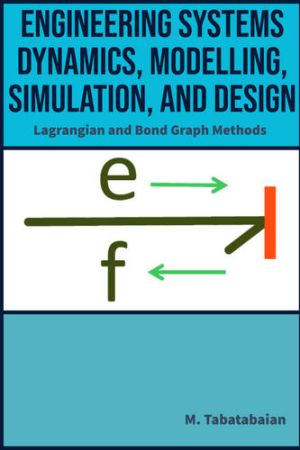Rubin Observatory’s 2025 Debut Could Unveil Hidden Dark Comets in Space
The Vera Rubin Observatory, set to begin operations in 2025, is expected to revolutionise the study of dark comets. These elusive objects, which lack visible tails but exhibit non-gravitational acceleration, have already been identified in our solar system, but their true numbers remain unknown. The observatory's advanced technology, including a powerful camera and enhanced sensitivity, will enable astronomers to detect these objects more effectively.

Astronomers are anticipating a breakthrough in the discovery of dark comets in 2025, with the highly awaited Vera C. Rubin Observatory expected to contribute significantly. These enigmatic objects, which lack the traditional bright tails of comets, could provide key insights into the early stages of the solar system's formation. The increased sensitivity and advanced capabilities of the observatory are believed to be well-suited for identifying these elusive celestial bodies, which have been challenging to detect with current technology.
Findings Published in Recent Studies
As per a Space.com report, dark comets were first recognised in 2017 when the interstellar object 'Oumuamua was observed displaying non-gravitational acceleration without a visible tail. This discovery prompted further investigations, and by 2023, seven solar system dark comets were identified. In late 2024, the known population of these objects doubled, with evidence suggesting two distinct categories—smaller inner dark comets and larger outer dark comets.
Dark comets are believed to exhibit behaviour similar to traditional comets, such as the release of gas causing non-gravitational movement, but they lack visible dust trails. The Rubin Observatory, equipped with the largest camera ever built for sky surveys, is expected to enhance detection of these objects when it becomes operational in July 2025.
Significance of Dark Comets
The study of dark comets has been highlighted for its importance in understanding the solar system's history. As remnants of its early formation, these objects hold clues about the processes that contributed to the development of planets and possibly life on Earth. Researchers have also suggested that comets and asteroids may have played a role in delivering water to Earth, a hypothesis that further increases the importance of studying dark comets.
Anticipation for 2025 Discoveries
The report further indicated that the Rubin Observatory's Legacy Survey of Space and Time (LSST) will be instrumental in advancing research. Its ability to scan the sky nightly and detect smaller, fast-moving objects is expected to unveil many previously unknown dark comets, offering new insights into their origins and properties.












)

























































